The Rise of Real-Time Data Processing: Why Apache Kafka and Flink Are Essential in 2025
How Streaming Data Is Rewriting the Rules of Decision-Making—and What It Means for Engineers
Imagine a world where a credit card fraud is detected before the transaction completes. Where a self-driving car adjusts its route in milliseconds to avoid a collision. Where a retail website personalizes prices in real-time to match your browsing habits.
This isn’t science fiction—it’s the reality of real-time data processing in 2025. And behind these breakthroughs are two open-source titans: Apache Kafka and Apache Flink.
For data engineers, mastering these tools is no longer optional—it’s existential. Let’s explore why.
Why Real-Time Processing Is Eating the World
The shift from batch to real-time isn’t just a trend—it’s a survival strategy. Industries are demanding instant insights because:
- IoT devices generate 80% of global data—and latency kills (literally, in healthcare or autonomous systems).
- Finance requires sub-millisecond fraud detection to combat AI-driven cybercrime.
- E-commerce uses real-time personalization to outmaneuver competitors (Amazon’s “dynamic pricing” refreshes every 10 minutes).
But building real-time pipelines isn’t just about speed. It’s about orchestrating data streams at planetary scale. Enter Kafka and Flink.
Apache Kafka: The Central Nervous System of Streaming Data
Kafka isn’t just a messaging queue—it’s the de facto backbone of modern data pipelines. Here’s why:
What Makes Kafka Indispensable?
- Distributed Durability: Stores streams redundantly across clusters, ensuring zero data loss.
- Horizontal Scalability: Handles millions of events per second (e.g., LinkedIn processes 7 trillion messages daily on Kafka).
- Decoupling: Acts as a buffer between data producers (sensors, apps) and consumers (databases, ML models).
Real-World Kafka Use Case: Uber’s Real-Time Tracking
Uber uses Kafka to process 1+ million driver/customer events per second. When you request a ride, Kafka streams your location, driver proximity, and pricing to backend systems instantly—no batch delays.
Apache Flink: The Brain of Real-Time Analytics
If Kafka is the nervous system, Flink is the brain—transforming raw streams into actionable insights.
Why Flink Outshines Other Engines?
- Stateful Computations: Remembers context between events (e.g., detecting a fraudulent sequence of transactions).
- Low Latency: Processes events in milliseconds (vs. Spark Streaming’s ~100ms).
- Exactly-Once Semantics: Guarantees accuracy, even during failures.
Real-World Flink Use Case: Alibaba’s Dynamic Pricing
Alibaba uses Flink to adjust prices in real-time during Singles’ Day (the world’s largest shopping event). By analyzing 1 billion+ user clicks per second, Flink triggers pricing changes that boost sales by 20%.
Building a Real-Time Pipeline: Kafka + Flink in Action
Here’s how to architect a production-grade system:
- Ingest: Kafka ingests data from IoT sensors, apps, or databases.
- Process: Flink consumes Kafka topics, applying transformations:
- Serve: Output results to:
The Dark Side of Real-Time: Challenges & Solutions
Challenge 1: Data Consistency
- Streaming systems deal with eventual consistency. A payment might appear “pending” in one service but “completed” in another.
- Fix: Use Flink’s watermarks to handle out-of-order events or Kafka’s transactional IDs for exactly-once delivery.
Challenge 2: Costly Infrastructure
- Real-time systems demand 24/7 uptime and expensive cloud resources.
- Fix: Autoscale Kafka/Flink clusters using Kubernetes operators (e.g., Strimzi, Flink K8s).
Challenge 3: Observability
- Debugging a pipeline processing 1M events/sec is like finding a needle in a haystack.
- Fix: Deploy Prometheus + Grafana for metrics and OpenTelemetry for distributed tracing.
The Future of Streaming: What’s Next in 2025?
- Edge Computing: Kafka and Flink will move closer to devices (e.g., factories, smart homes) to reduce latency.
- AI Integration: Expect Flink pipelines to natively train ML models on streaming data (no batch required).
- Regulatory Pressures: GDPR-like laws for real-time data will force engineers to build privacy into pipelines (e.g., Kafka’s upcoming encryption features).
Actionable Takeaways for Data Engineers
- Start Small: Pilot a real-time pipeline for one use case (e.g., log analytics).
- Learn Stream Processing Semantics: Master concepts like event time vs. processing time and windowed aggregations.
- Embrace Serverless: Explore managed services like Confluent Cloud (Kafka) and AWS Managed Service for Flink.
- Join the Community: 80% of Kafka/Flink best practices come from open-source contributors—get involved!
Let’s Discuss Are you using Kafka or Flink in production? What’s your biggest streaming data challenge? Share your war stories below—let’s solve them together!





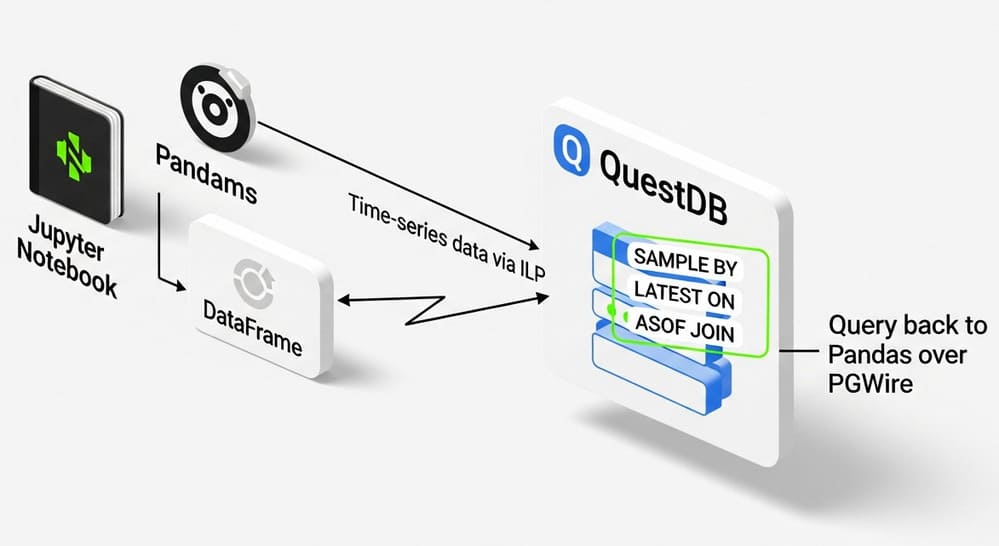
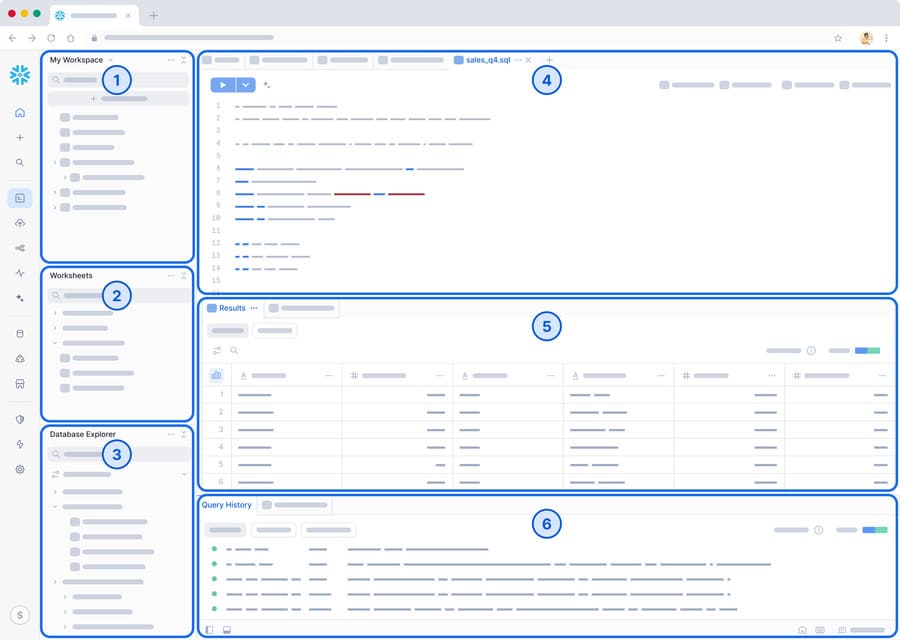
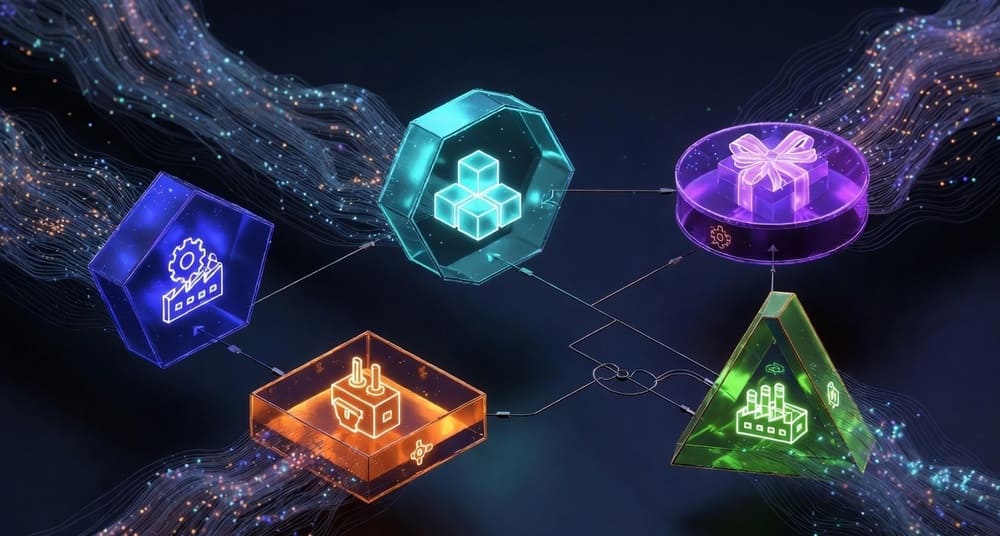
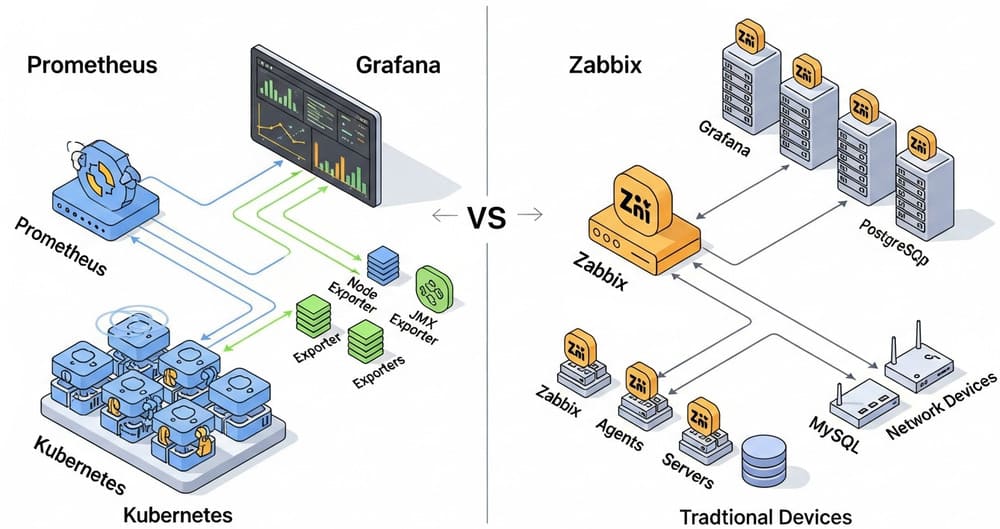
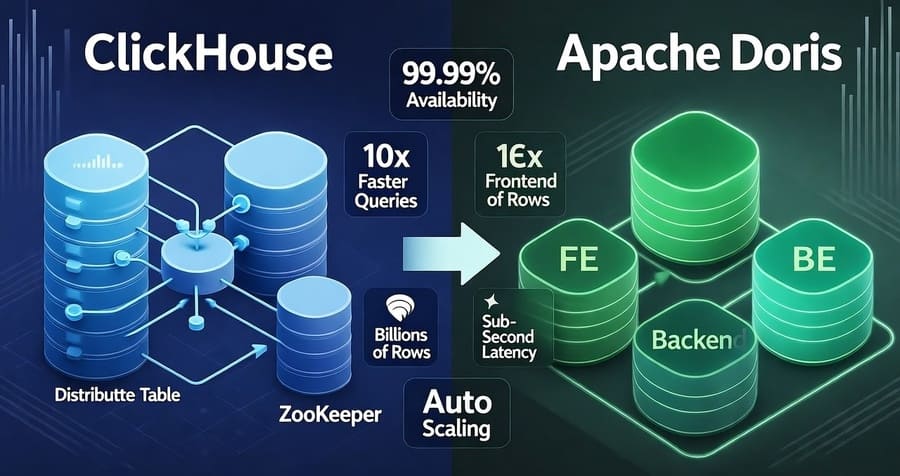
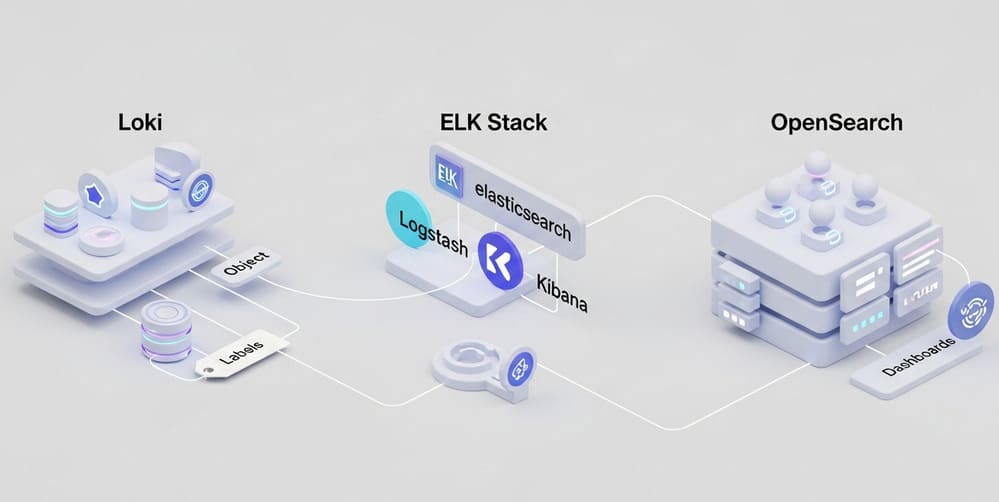
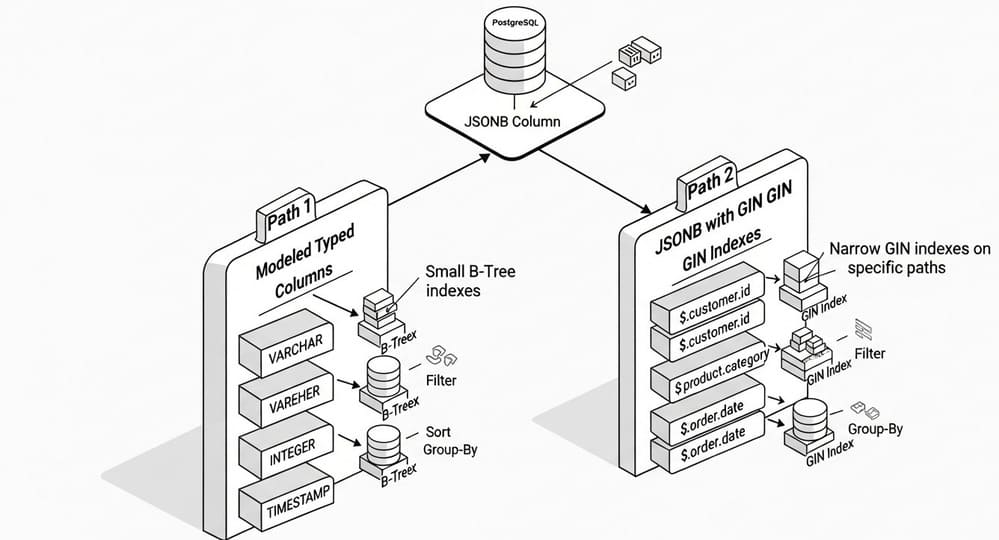

Leave a Reply